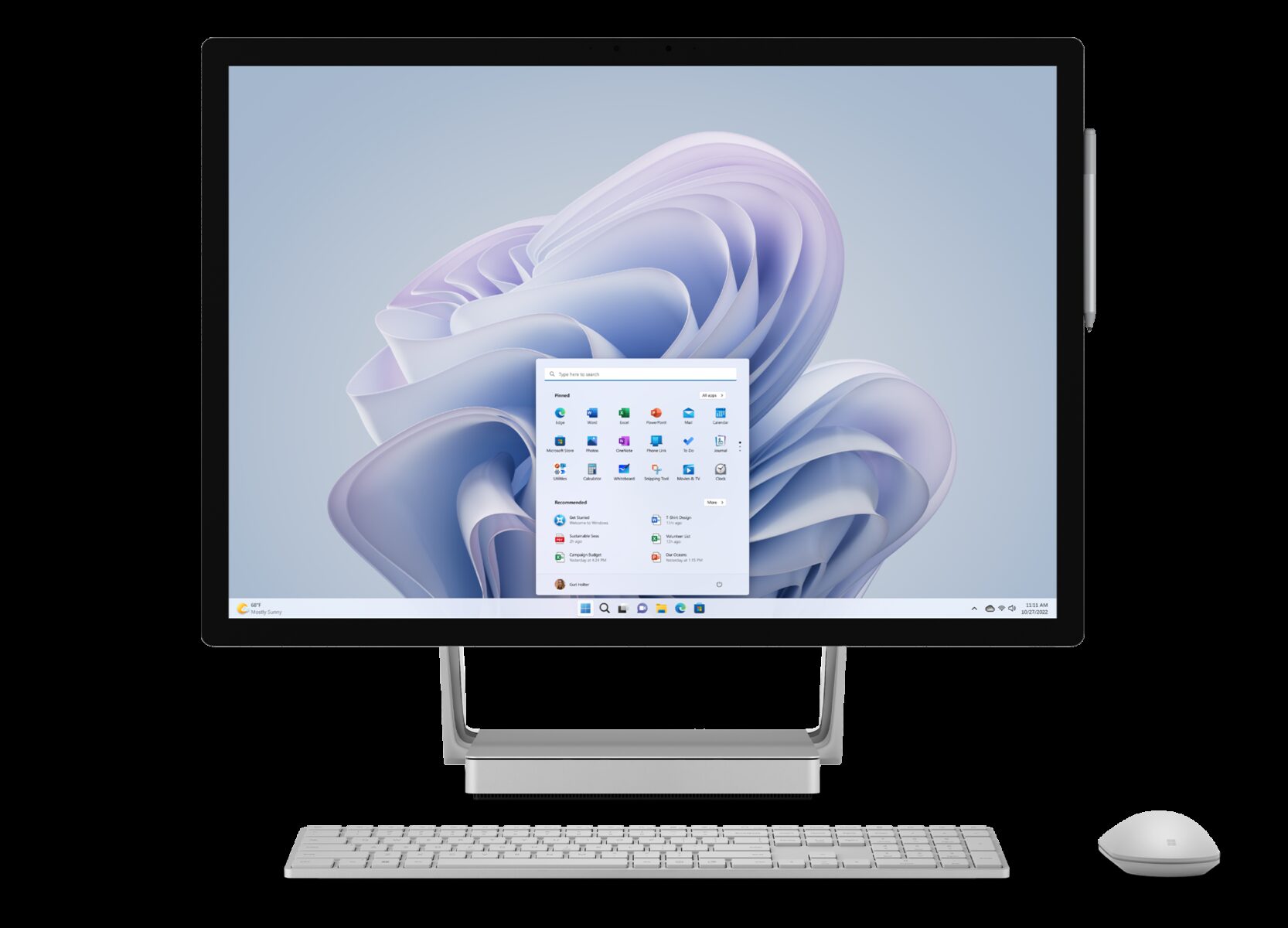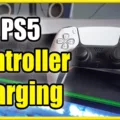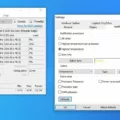When it comes to staying connected, Ethernet is the key. It’s been around since the 1970s and is still a reliable way to connect computers and other devices to the internet. But even something as tried-and-true as Ethernet can experience issues from time to time, such as slow speeds.
If you’re having trouble getting your Ethernet connection running at its full potential, here are some tips for making it faster:
1. Check Your Connections: Start by checking all of your connections. Make sure that your cables are securely plugged in, and if you’re using a router or hub, make sure that all of the ports are correctly connected. Take a look at the LED lights on your device—if they’re blinking green or orange, you may need to troubleshoot further.
2. Use an Ethernet Cable: An Ethernet cable is much faster than Wi-Fi, so if you have the option of connecting via an Ethernet cable instead of Wi-Fi, take it! A Gigabit Ethernet cable can reach speeds up to 1 Gbps (1000 Mbps).
3. Reduce Network Congestion: To ensure that your connection isn’t being bogged down by other devices on your network, reduce the number of devices connected at once and make sure no one else is streaming or downloading large files while you’re trying to use the internet.
4. Update Your Drivers: If your drivers are out of date, this can cause a decrease in performance for your ethernet connection. Make sure all of your drivers are up-to-date by visiting the manufacturer’s website for updates and downloading them when available.
5. Change Your Cable: If nothing else seems to be working and you’ve ruled out software problems as the cause of slow speeds, try changing out your cable for a newer one with higher bandwidth capabilities—cables can degrade over time due to wear and tear so this might be just what you need!
Following these tips can help get your ethernet connection running faster and more efficiently—unfortunately there may be times when external factors limit how fast you can go no matter what steps you take at home!

Increasing Ethernet Speed
To increase your Ethernet speed, there are several steps you can take. First, clear up your device by removing any unnecessary files and clearing your caches. This will help to free up system resources and increase the amount of bandwidth available for your internet connection. Second, reduce the number of devices connected to your network, as they will all be competing for bandwidth. To maximize speed and performance, try using an Ethernet cable instead of a wireless connection. Third, check that your router is up-to-date with the latest firmware and settings. Finally, update the drivers on any connected devices to ensure they are running optimally. By taking these steps, you should be able to significantly increase the speed of your Ethernet connection.
Troubleshooting Slow Ethernet Connections
There can be several reasons why your Ethernet connection is slow, ranging from physical connections to your router or modem, to software-related issues. First, check the physical connections between your computer and router or modem – make sure the cables are securely plugged in and not damaged. If that looks okay, try rebooting your router and modem. If you have other devices on the same network, disconnect them temporarily to see if that improves the connection speed. You could also try restarting your computer, as this can sometimes fix software-related issues. Additionally, check for any background processes or applications running on your computer that may be consuming bandwidth and slowing down your connection. Finally, if none of these steps help, contact your internet service provider (ISP) to make sure you’re getting the speeds you’re paying for.
Reasons for Limited Ethernet Speed of 100 Mbps
There could be several reasons why your Ethernet connection is only running at 100 Mbps. First, it’s possible that the cable you’re using is not capable of supporting gigabit speeds. Most Cat 5e cables are rated to support up to 1 Gbps, but some older cables may only support 100 Mbps. In this case, replacing the cable with a newer one should solve the issue.
Another possible cause is that the port you’re using on your access point (hub, switch, router) is limited to 100 Mbps. To confirm this, try connecting your device to a different port on your access point and see if the speed increases.
Finally, it’s also possible that an incident such as rolling over the cable with an office chair, stepping on it, or closing a door on it has caused physical damage to the cable which is limiting its speed capabilities. In this case, replacing the cable should resolve the issue.
Comparing Ethernet and WiFi: Which is Faster?
Yes, Ethernet is generally faster than WiFi. Ethernet connections use cables to directly link devices to the network and offer faster data transfer speeds of up to 1 gigabit per second (Gbps). Additionally, this connection type is not subject to interference from other wireless devices and offers a more reliable connection. Furthermore, Ethernet connections offer greater security than their wireless counterparts as they do not broadcast signals that can be intercepted.
Maximum Speed of Ethernet
Ethernet is the most widely used standard for local area network (LAN) cabling, and it has a maximum transmission rate of 40 Gbps. Although there are specifications available for speeds up to 400 Gbps, the current state of the art only allows a maximum speed of 40 Gbps. This 40 Gbps speed is sufficient for most home and business networks.
Increasing Ethernet Speed from 100 Mbps to 1 Gbps
To increase your Ethernet speed from 100mbps to 1gbps, you need to first open your network window. In the window, click on properties and make sure the Microsoft Network Client option is checked. Then click on configure. Next, go to advanced options and look for Speed & Duplex. Change the value from 100mbps to 1.0 Gbps Full Duplex and press accept. That should increase your Ethernet speed from 100mbps to 1gbps.
What is the Best Ethernet for Gaming?
Ethernet cables are great for gaming, and both Cat5e and Cat6 are good choices. Cat6 is the preferred type, however, as it is better able to handle interference than Cat5e. Although Cat6 offers slightly higher speeds than Cat5e, this difference is negligible for most gamers since 1000Mbps is plenty fast enough.
Troubleshooting Slower-Than-Expected Ethernet Performance
It’s possible that your Ethernet connection is not as fast as it should be due to several factors. First, you may have an older cable with a lower data transfer cap. For example, you could have a Cat3 cable, limiting your speed to only 10MBPS which is not enough for today’s standards. Second, your cable could be damaged or not connected properly which would reduce the speed of your internet connection. Finally, if you are using a wireless connection, there could be interference from other electronics in your home, or the distance between your router and computer may be too far so the signal is weak. To determine what’s causing the slow speeds, try testing the connection with a different cable first and then checking for any potential interferences on wireless connections.
Obtaining 1Gbps Ethernet
Getting 1Gbps Ethernet is easy and there are several options available. For desktop computers, the most direct option is to get a PCIe network card, which plugs directly into one of your motherboard’s PCIe slots. If you don’t have a desktop computer or if you’re not tech-savvy enough to install a PCIe network card, you can use USB to Ethernet adapters, like the Gigaglider, which offer up to 1Gbps Ethernet speeds from your USB port. Keep in mind that these adapters tend to be more expensive than PCIe network cards.
Troubleshooting Slow Ethernet Speed
There are a few potential solutions that you can use to fix your slow Ethernet speed.
1. Restart your computer: Sometimes, restarting your computer can reset the settings and help speed up your connection. To do this, turn off your computer, wait a few seconds before turning it back on, and check if the connection is faster.
2. Restart your network adapter: If restarting your computer doesn’t improve the speed of your Ethernet connection, you should try restarting the network adapter as well. Right-click on the Start button and select Device Manager to open it. Expand Network Adapters, right-click on the adapter, and select Disable Device. Wait a few seconds before right-clicking again and selecting Enable Device to enable it again.
3. Use the network adapter troubleshooter: Windows has a built-in troubleshooter which can help you identify and fix any issues with your network adapters or Ethernet connection in general. To use it, open Settings, click Update & Security > Troubleshoot > Network Adapter > Run the troubleshooter and follow the instructions displayed on the screen to resolve any potential problems with your network connection.
4. Restart your router: Routers sometimes need to be restarted in order for them to work properly again after being left running for extended periods of time or after making changes to their configuration settings. Unplugging it from power for a few minutes should do the trick in most cases; however, make sure that you check its user manual for specific instructions before doing so as some routers may require different steps such as pressing its reset button first.
5. Try a different port on the router or switch: In some cases, changing the port used by your device can improve its performance significantly by avoiding any potential interference from other devices connected to the same switch or router; therefore, try connecting it directly into another port if possible and see if this improves its speed at all.
6. Scan for Malware: Malware can sometimes interfere with Internet connections by reducing their speeds significantly; thus, make sure that you scan for any viruses or malicious programs that may be affecting it using an antivirus program such as Windows Defender or any other reliable security software of choice regularly in order to keep them at bay and maintain good download/upload speeds consistently over time without having to worry about them being hindered by malicious software attacks ever again in future.
7 Change the Ethernet cable: If you’re using an old Ethernet cable that is starting to show signs of wear and tear then replacing it with a newer one could potentially improve its performance significantly since outdated cables sometimes struggle with maintaining proper connections at higher speeds due to their build quality deteriorating over time gradually due to excessive usage/age etc., so keep an eye out for these potentially troublesome factors whenever necessary accordingly in order avoid dealing with slow connections unnecessarily going forward too eventually!
8 Disconnect any VPN software: Virtual Private Networks (VPNs) are extremely useful when it comes to protecting yourself online while also unblocking censored sites; however they can also slow down Internet connections dramatically depending on where they’re configured from often times too unfortunately(especially free ones), so make sure that they’re disabled completely whenever possible whenever attempting boost download/upload speeds instead accordingly afterward too accordingly hopefully!
Is 100mbps Ethernet Good for Gaming?
Yes, 100Mbps Ethernet is a good speed for gaming. With this speed, you can expect to have a smooth and responsive gaming experience, even when playing with several other players at once. Additionally, a connection of this speed is more than enough for streaming services like Netflix and Hulu, as well as downloading games from digital stores.
With 100Mbps Ethernet, you should be able to download games in a few minutes or less depending on the size of the game. Furthermore, latency (the time it takes for data to move between two points) will be minimal when playing online multiplayer games. This means that your reaction times won’t be hindered by slow speeds and you can enjoy an immersive gaming experience with minimal lag.
Overall, 100Mbps Ethernet is more than suitable for most gamers who are looking to play online or stream videos/movies. It may even be overkill for those who are only downloading small-to-medium-sized games or not doing much else online beyond gaming.
Conclusion
In conclusion, Ethernet is a reliable and secure method of connecting to the internet. It is a great choice for those who want fast and reliable access to the internet. Ethernet provides high-speed data transmission which is faster than Wi-Fi, with less interference from other devices. Furthermore, it offers better security than Wi-Fi as it requires an ethernet cable connection in order to be used. With all these features, Ethernet is an excellent choice for connecting to the internet.







